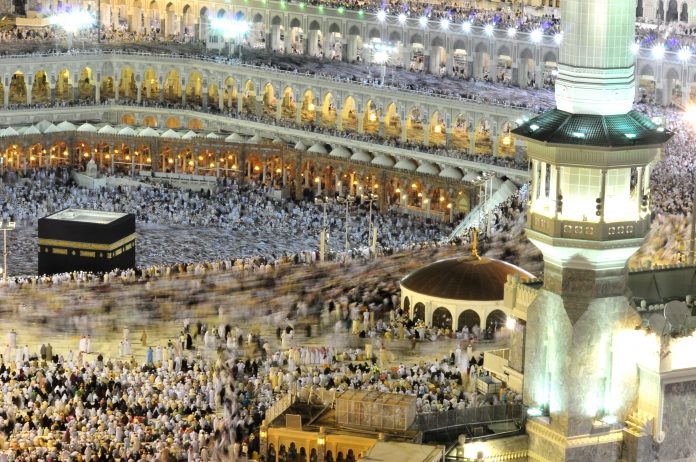The following is a letter addressed to the Home Minister of India.
By Mujahid Nafees for TwoCircles.net
As we already know, two days ago the Government of India abolished the subsidy given on Haj pilgrimage. However, little is known about the fact that over the last 3 years, Haj subsidy declined from Rs 750 crores to Rs 225 crores. In any case, the step is being widely propagated as a big saving from the wasteful expenditure. Meanwhile, there have been attempts by interested quarters to give the step a communal overtone, which is worrying.
Here, we would like to focus your attention towards the expenditure on the types of religious subsidies that are being provided in the country. These include:
- The holy Amarnath Yatra, which carried a budget of Rs 1256.49 lakhs in the year 2012-13.
- The 2014 Kumbh fair in Allahabad, for which the Central Government spent Rs 1,150 crore and the Uttar Pradesh government spent Rs 11 crore. Even the opposition parties accused the government of misusing Rs 800 crore.
- Last year, the Madhya Pradesh government spent Rs 3400 crores while the Central government spent Rs 100 crores for the Singhast Maha Kumbha in Ujjain.
- Governments spend huge funds for helping pilgrims visiting Badrinath, Kedarnath, Kailash Mansarovar and other spots. Thus, the Government of Madhya Pradesh gives a subsidy of Rs 50,000 for Kailash Mansarovar Yatra per passenger.
- The Gujarat government has set up what is called Pavitra Yatra Dham Vikas Board for the “development” of 338 pilgrim spots in the state, and the government spends huge funds in all the temples. This year’s budget of the Board is Rs. 10669 lakh.
- The Gujarat government runs a course to teach the rituals of Hinduism, funded by the state.
- The present government of Uttar Pradesh has begun programmes for the renovation and spiritual development of pilgrim spots of Kashi and Ayodhya, and the allocation for this is Rs 800 crore.
We believe that state should not interfere in religious practices, which is a matter of personal choice and freedom. To quote a Supreme Court judgement, “The relationship between man and God is an individual choice. The state is forbidden to have allegiance to such an activity … Mixing state with religion is not constitutionally permissible.”
Article 27 of the Indian Constitution states, “No person shall be compelled to pay any taxes, the proceeds of which are specifically appropriated in payment of expenses for the promotion or maintenance of any particular religion or religious denomination.”
In 2011’s Prafull Goradia v. The Union of India, the Supreme Court tackled the question of whether a Government grant funded by taxpayer money violates Article 27. The SC bench proclaimed that it would only amount to such a violation if a “substantial part of taxpayer money” is used to promote religious activity.
It said: “In our opinion Article 27 would be violated if a substantial part of the entire income tax collected in India, or a substantial part of the entire central excise or the customs duties or sales tax, or a substantial part of any other tax collected in India, were to be utilized for promotion or maintenance of any particular religion or religious denomination. In other words, suppose 25 percent of the entire income tax collected in India was utilized for promoting or maintaining any particular religion or religious denomination, that, in our opinion, would be violative of Article 27 of the Constitution.”
The question arises whether one should focus on government spending on Haj pilgrims only, or on other places of pilgrim as well.
We urge you that the Government of India comes clean on this issue and impartially highlights its views in media so that no religious angle is given to whatever the central government does, whether it is a religious pilgrimage, religious festival, religious meeting, or funding of religious spots through state bodies. We insist on the publication of a white paper on expenditure so that the country can know about how much the government is spending on the promotion of which religion.
The author is Convener, Minority’s Coordination Committee, Gujarat.


